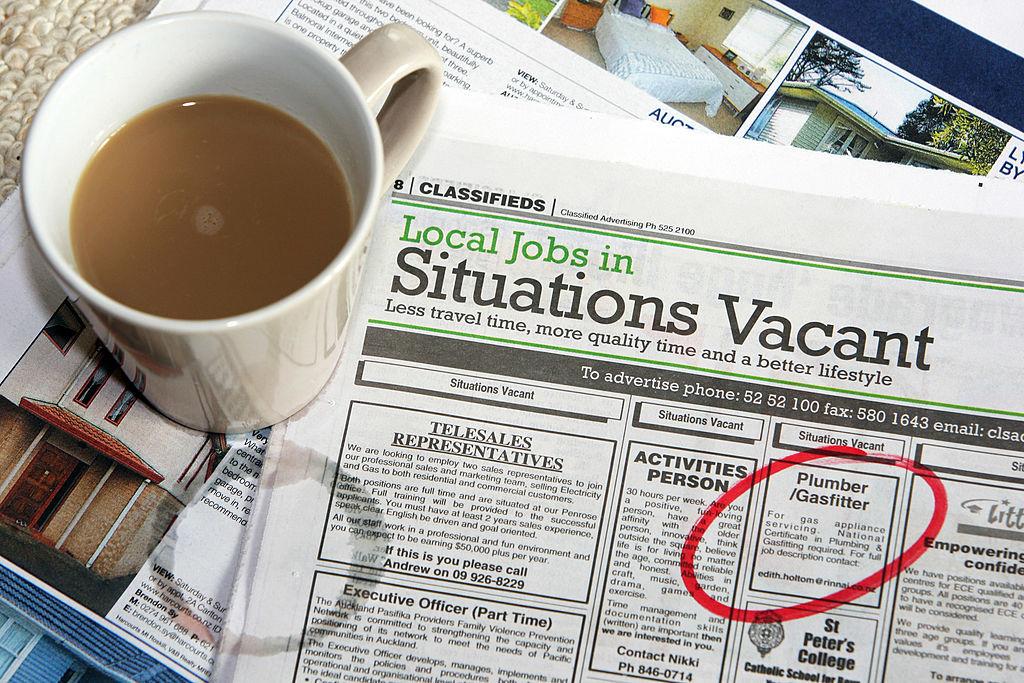Australia’s treasurer has linked the latest spike in unemployment, the highest in two years, to the “inevitable” consequences of soaring interest rates and inflation on the economy.
Australia’s unemployment rate surged to 4.1 percent in January, up from 3.9 percent in December, surpassing the 4 percent mark for the first time since January 2022.





